A cluster of mushrooms which don’t particularly make foragers happy, especially around their favourite Oaks and Beech trees.
Home / Mushroom Guide /
Spindle Toughshank
Spindle Toughshank
| Mushroom Type | |
| Common Names |
Spindle Toughshank (EN), Spindleshank (EN), Coeswydn Gwerthyd (CY), Łysostopek Wrzecionowatotrzonowy (PL), Árvégű Fülőke (HU) |
| Scientific Name |
Gymnopus fusipes |
| Synonyms |
Collybia fusipes |
| Season Start |
Jul |
| Season End |
Oct |
| Average Mushroom height (CM) |
4–10 |
| Average Cap width (CM) |
3–7 |
Please note that each and every mushroom you come across may vary in appearance to these photos.
Cap
3-7 cm. Variable in colours, orangish to rusty, red-brown, and due to its hygrophanous nature, it could even be faded to pale cream. Often covered with darker, more or less rusty spots. Convex at first, flattening with age (with or without having an umbo remain), often becoming irregular. Margin is inrolled at first, but opens up with age, acute.
Gills
Cream to buff coloured, often covered with rusty spots. More or less widely spaced, (some authors say they are fairly crowded), free to finely attached to the stem. They have smooth edges.
Stem
4–10 cm long, 1-2 cm diameter. Spindle-shape, often grooved longitudinally, also, often twisted. Whitish at the apex, darker tan or rusty towards the base which ends up in an elongated, rooting, pointy stem base.
Habitat
Fruiting in clusters around the roots, or on decaying stumps of hardwoods, preferably Oaks and Beech. It is a necrotrophic parasite, causing root rot, but also act as wood-inhabiting saprotrophic when it fruits on already dead hardwood.
Possible Confusion
Due to its unique, deeply rooting, pointy stem-base, it is hard to confuse with other species.
Taste / Smell
Inedible (not recommended for human consumption). Smell and taste not distinctive.
Frequency
Common and widespread in the UK.
Spores
Spore print is white. Spores ellipsoid, smooth, hyalin (colourless).
Other Facts
As a result of the long development and weather-resistance, the fruit bodies of Gymnopus fusipes often become colonized by microorganisms which may cause gastro-enteritis. Following the edibility rankings of many countries, we do not recommend this species for human consumption.


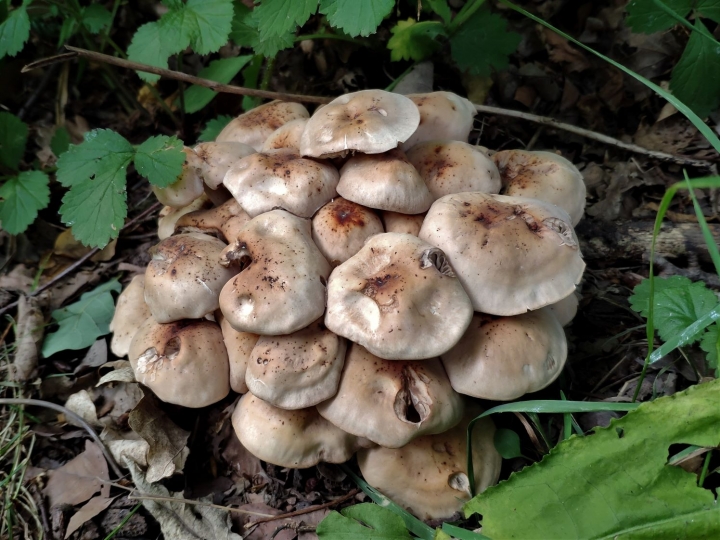
















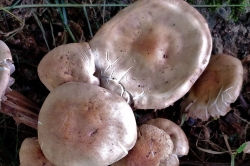
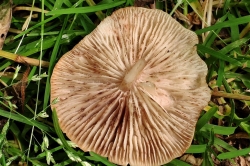
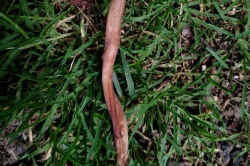
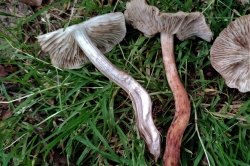
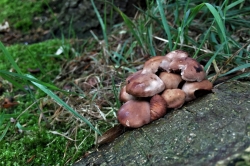
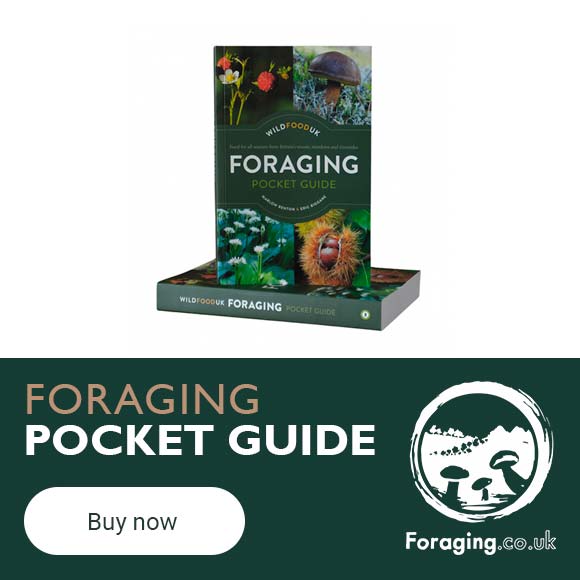
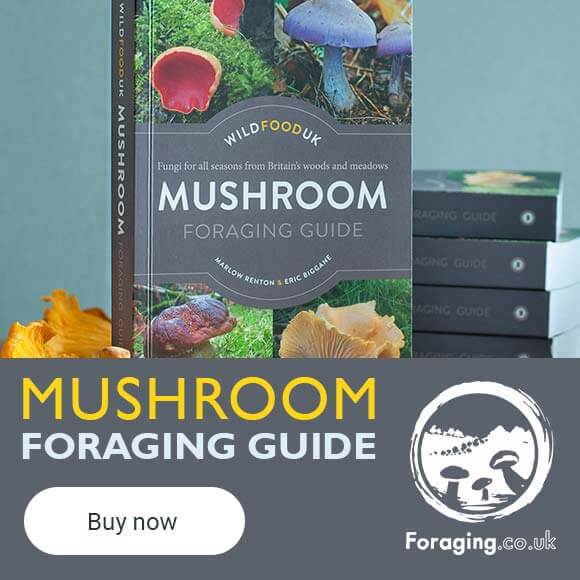

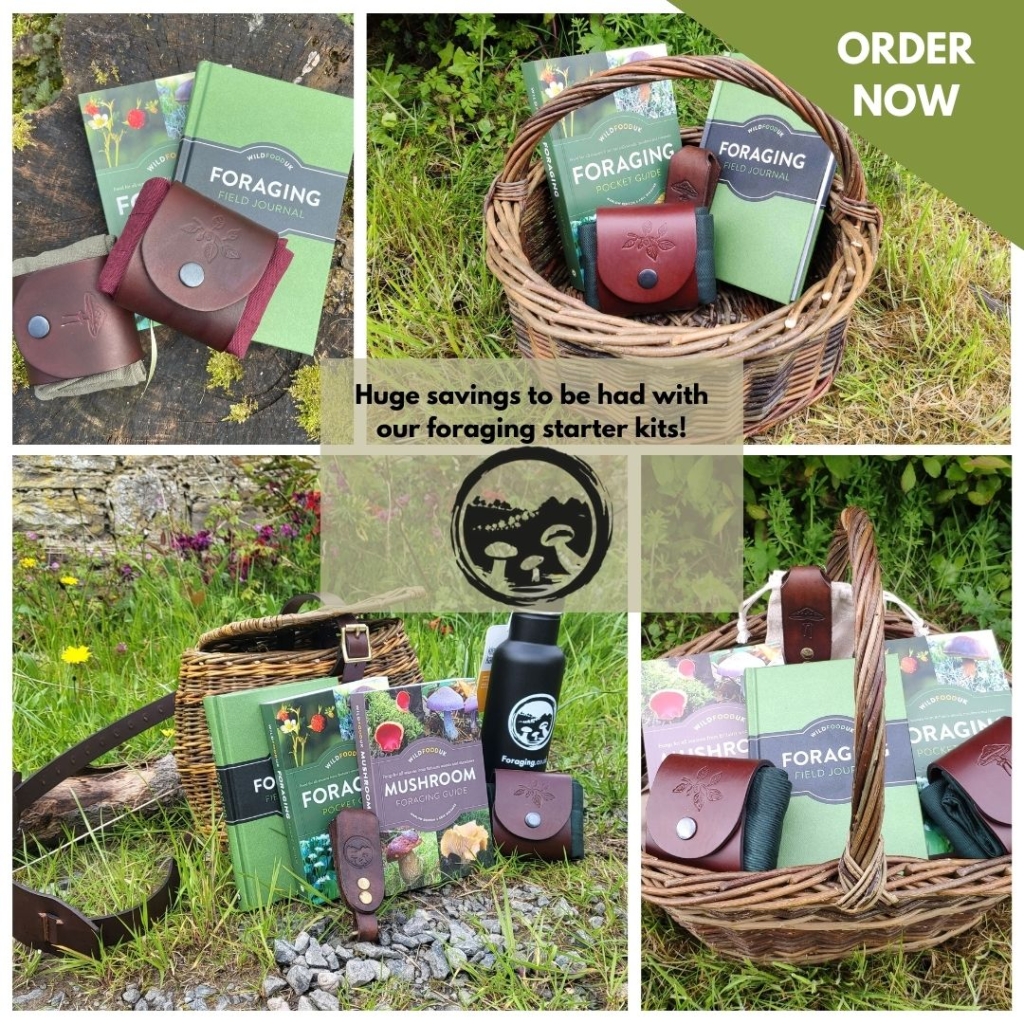


Leave a Reply